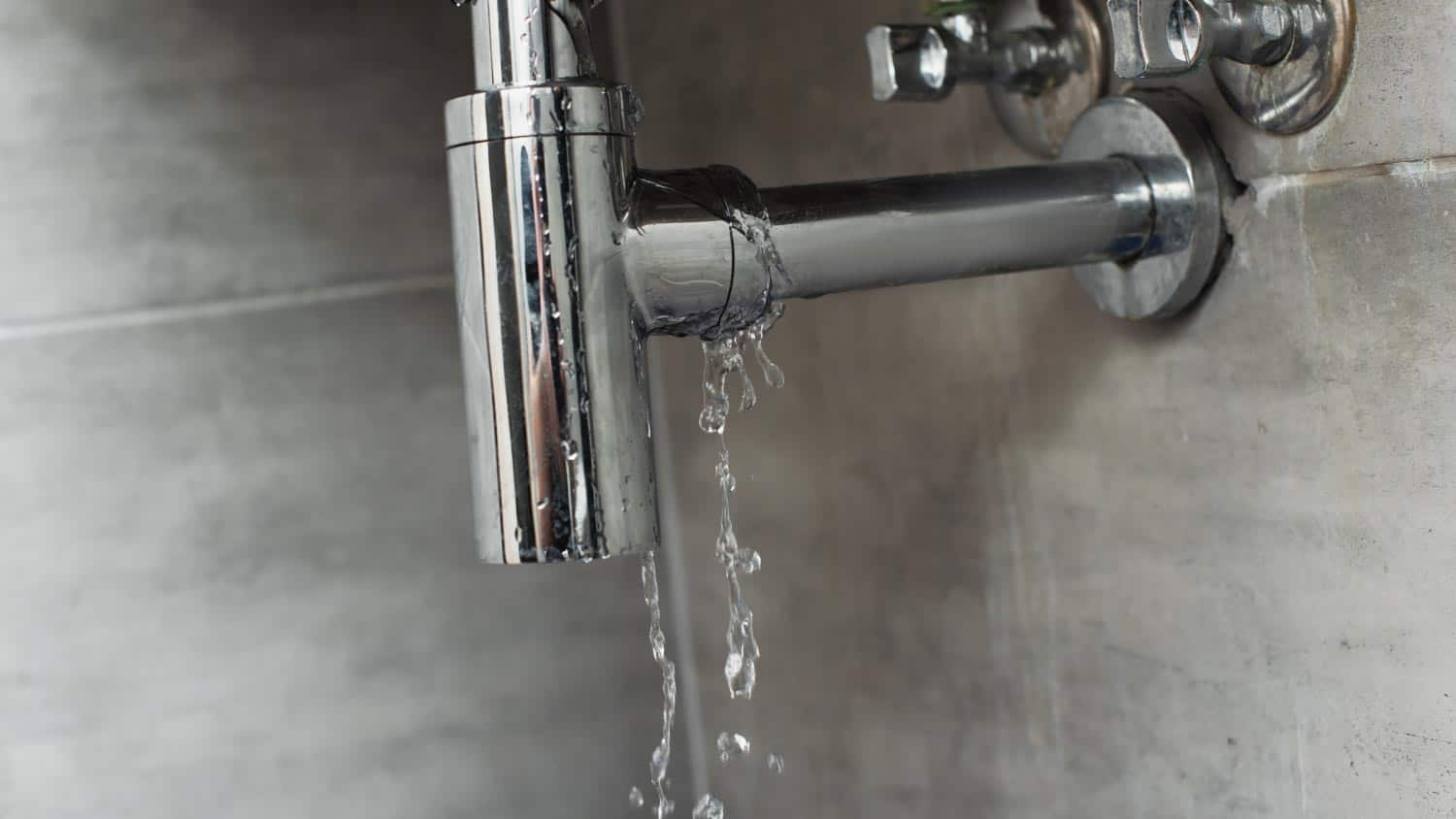Exactly how to Discover and Repair Work Water Leaks-- A Comprehensive Guide
Exactly how to Discover and Repair Work Water Leaks-- A Comprehensive Guide
Blog Article
This article down below on the subject of Hacks to detect leaks is indeed remarkable. Don't skip it.

Early detection of leaking water lines can alleviate a potential calamity. Some little water leakages might not be noticeable.
1. Take A Look At the Water Meter
Examining it is a surefire method that helps you discover leaks. If it moves, that suggests a fast-moving leakage. This implies you might have a slow leakage that might also be below ground.
2. Examine Water Intake
Analyze your water costs and track your water consumption. As the one paying it, you should see if there are any kind of inconsistencies. If you detect sudden changes, despite your usage being the same, it means that you have leaks in your plumbing system. Remember, your water expense must fall under the same variety each month. A sudden spike in your expense shows a fast-moving leakage.
On the other hand, a consistent increase each month, despite the exact same practices, shows you have a sluggish leak that's likewise gradually rising. Call a plumber to completely inspect your property, especially if you really feel a warm location on your flooring with piping below.
3. Do a Food Coloring Test
When it comes to water usage, 30% comes from toilets. If the shade in some way infiltrates your dish throughout that time without flushing, there's a leakage in between the tank and dish.
4. Asses Exterior Lines
Don't fail to remember to check your outdoor water lines also. Test faucets by connecting a garden hose. Should water leak out of the link, you have a loosened rubber gasket. Replace this and make sure all connections are tight. It will help obtain it properly took a look at and preserved annually if you've obtained a sprinkler system. One small leakage can lose lots of water and spike your water bill.
5. Examine and also Analyze the Scenario
House owners need to make it a practice to examine under the sink counters and also also inside closets for any type of bad odor or mold growth. These 2 warnings suggest a leak so timely focus is required. Doing regular inspections, even bi-annually, can save you from a significant problem.
Inspect for stainings and deteriorating as many devices and also pipelines have a life expectancy. If you think dripping water lines in your plumbing system, don't wait for it to rise.
Early detection of dripping water lines can alleviate a potential disaster. Some small water leakages might not be visible. Examining it is a surefire means that aids you uncover leakages. One tiny leakage can squander tons of water as well as spike your water expense.
If you suspect dripping water lines in your plumbing system, don't wait for it to intensify.
How to Know If Your Home Has a Hidden Leak
Water Meter Reveals Inexplicable Water Usage
If you’d like to test whether or not there’s a leak somewhere in your home, you can do this using your water meter. Here is how to conduct the test:
Don’t use any water in your home for at least 30 minutes; this also means not turning on faucets or water-using appliances.
Go outside, and check your water meter for activity.
If your water meter shows that there was activity, even though no one was using any water, this proves that there is a leak in your home.Visible Mold or Mildew Growth
Leaks behind walls create moist, dark environments that allow mold and mildew to grow and thrive. Eventually, you might see mold growth forming on the wall closest to a hidden leak.
If mold is growing in an area that receives a high amount of moisture, such as a bathroom, it may simply be an indication that better ventilation is needed. However, if you see mold growth on a wall or the ceiling in an area where you would not expect, you probably have a hidden leak.
Musty, Mildew Odor
Sometimes you might not be able to see the mold or mildew that is growing as a result of a leak. However, the smell can give the problem away just as easily. If you catch a whiff of something musty, there’s a good chance that old water is collecting somewhere in your home that you can’t see.
Stained/Warped Walls, Ceilings, or Floors
When your home soaks up water, a variety of red flags can become visible, including ceiling stains, bubbling drywall, warped walls, and sagging floors. While these issues can be caused by excess humidity, they can also be signs that a pipe or plumbing connection has started leaking behind your walls.
Inexplicably High Water Bill
After a while, you get a general sense for what your water bill should be. If you own a pool or sprinkler system, your bill will tend to be higher during summer. However, if you receive a water bill that seems especially high, and you can’t figure out what caused it, then you may have a hidden leak somewhere that’s increasing your bill.
https://www.plumbingjoint.com/blog/2019/july/how-to-know-if-your-home-has-a-hidden-leak/

I am very enthusiastic about Top leak detection hacks and I am praying you liked the entire blog posting. Appreciated our piece? Please share it. Let another person discover it. Thank you for your time spent reading it.
Report this page